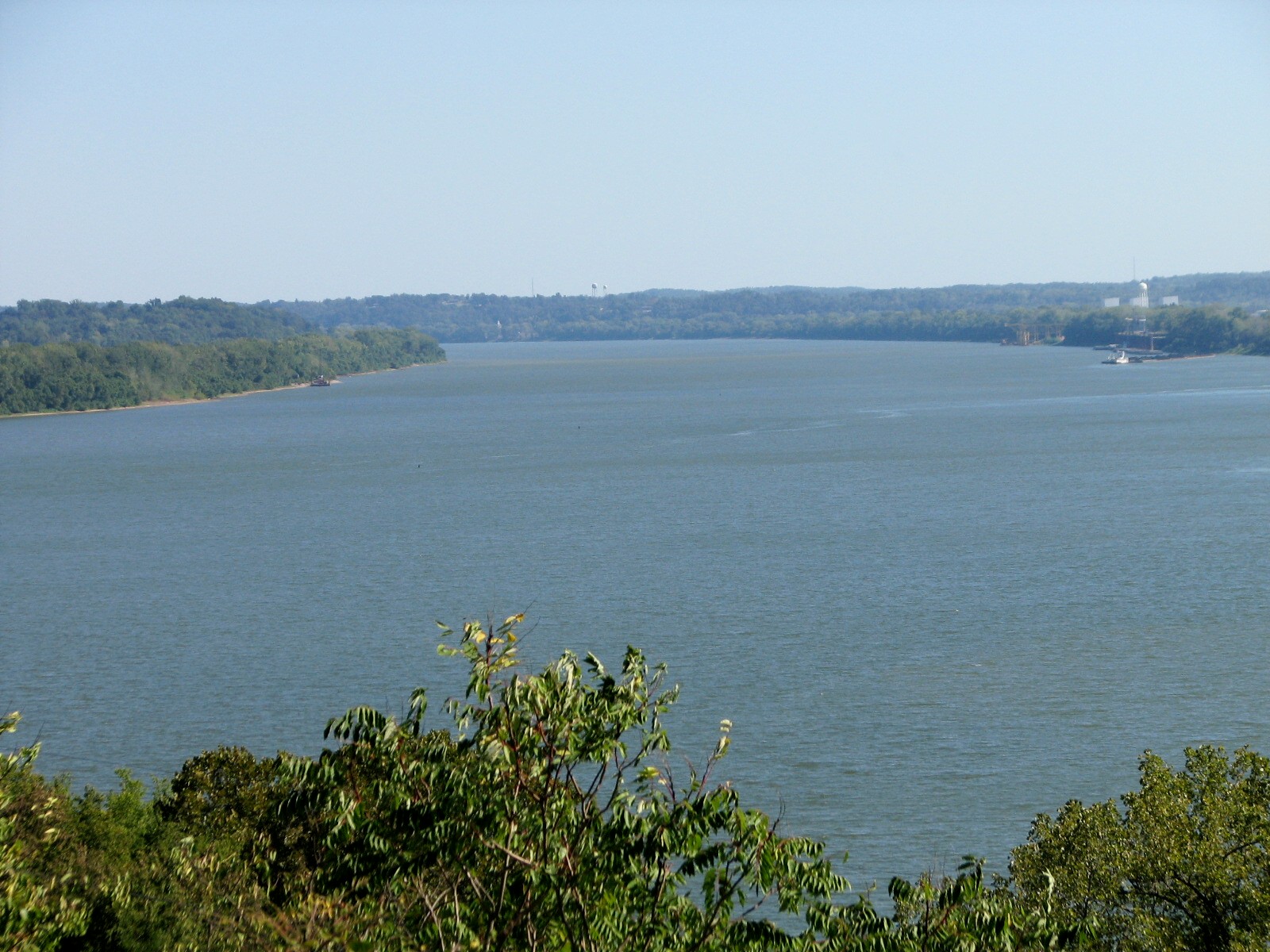
Long-term monitoring data of biotic and abiotic factors, such as fish assemblages, provide an opportunity to test hypotheses regarding how environmental modifications affect the taxonomic, trophic, and life history compositions of aquatic organisms. Conservation of water resources and increased water demands requires understanding historical and current effects of water and land use to help inform potential solutions via restoration or intervention key to this is the scale at which human activities affect biodiversity, and the patterns detectable across scales. Rivers are altered by multiple factors including watershed land use, hydrologic alterations, municipal and industrial effluent, and water withdrawals. This may also be responsible for lower trophic position of invertivore and piscivore fishes observed in other studies.Īnthropogenic threats to freshwater ecosystems are numerous and globally widespread. We hypothesized a shift occurred from benthic to phytoplankton production throughout the basin that may have decreased secondary production of benthic invertebrates. We did not find directional changes in life history composition. Altered hydrology of increased minimum discharge, increased fall discharge, decreased base flows, and increased number of high pulse events was correlated with increased counts of herbivore-detritivores and decreased counts of piscivores and planktivores. Trophic composition of fish catch correlated with land use change (decrease in agriculture and increase in forest) and altered hydrology. Taxonomic assemblage structure was also correlated with altered hydrology variables of increased minimum discharge, decreased fall rate, and increased rise rate. Assemblage structure based on taxonomy was correlated with land use change (decrease in agriculture and increase in forest). Temporal trajectories were present for taxonomic and trophic assemblages. Annual species richness varied from 31 to 90 species and generally increased with year. We found significant changes in taxonomic and trophic composition of freshwater fishes in the Ohio River Basin.

We used 57 years of lockchamber fish rotenone and boat electrofishing survey data (1957–2014) collected by the Ohio River Valley Water Sanitation Commission (ORSANCO) to test for directional trajectories in taxonomy, trophic classifications, and life history strategies of freshwater fish assemblages in the Ohio River Basin. The northern bank of the Ohio River also is the southern boundary of Ohio, separating the state from West Virginia and Kentucky.Long-term monitoring of species assemblages provides a unique opportunity to test hypotheses regarding environmentally induced directional trajectories of freshwater species assemblages. This water route was much faster and less expensive than taking goods by wagon over the Appalachian Mountains.ĭespite the arrival of railroads, improved highways, and air travel, the Ohio River continues to serve as a major artery for transporting bulk items such as coal and grain. Upon reaching New Orleans, freight was loaded on ocean-going vessels for delivery to eastern seaboard ports like Philadelphia, New York, and Boston. Farmers and manufacturers sent their crops and finished products on flatboats and barges downstream to the Mississippi River and eventually on to New Orleans. These places included the towns of Marietta, Steubenville and Cincinnati.ĭuring the 1800s, the Ohio River became an important commercial route for residents in Ohio, Kentucky, Indiana, and Illinois. Several of the first permanent settlements by people from the newly formed United States were founded on the river's banks.

As settlers pushed west across the Appalachian Mountains, many of these people used the Ohio River to transport their families and belongings westward.

The British generally remained south of the river, while the American Indians continued to live and hunt north of it until the end of the American Revolution. In several treaties, the river also served as a dividing line between British settlements in Kentucky and American Indian communities in the Ohio Country. He named the river "la belle riviere" or "the beautiful river."ĭuring the 1600s and 1700s, the Ohio River served as the southern border of what later came to be called the Northwest Territory. One of the first Europeans to see the Ohio River was Frenchman Rene Robert Cavelier Sieur de La Salle in 1669. It received its English name from the Iroquois word, "O-Y-O," meaning "the great river". It ends approximately 900 miles downstream at Cairo, Illinois, where it flows into the Mississippi River. The Ohio River is formed by the confluence of the Allegheny and Monongahela rivers at modern-day Pittsburgh, Pennsylvania. View of the Ohio River seen from below Cincinnati.


 0 kommentar(er)
0 kommentar(er)
